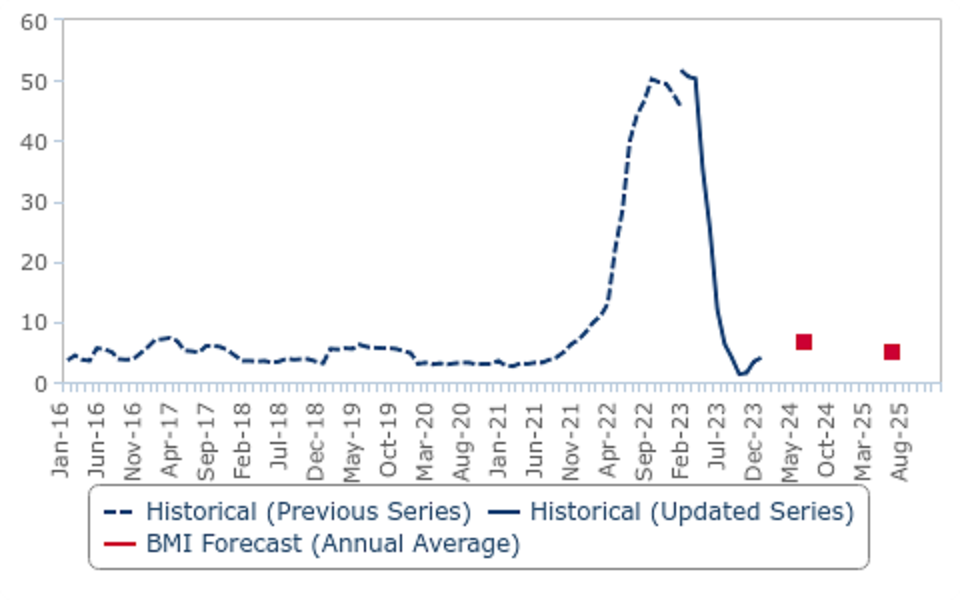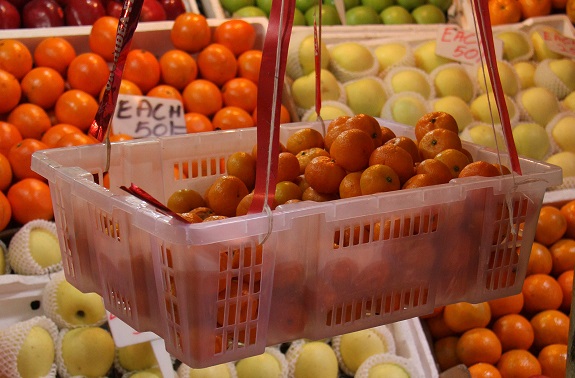By Radhika Wijesekera –
Colombo, Sri Lanka (January 31, 2024) – While Covid-19 fears subsided in 2022, Sri Lanka was faced with an economic crisis that year, with hyperinflation and the most severe import restrictions that the country had seen since the mid-70s. Many retailers struggled to meet demand, resulting in the country experiencing acute shortages in most products, including fuel, food and medicines.
By 2023, much of these restrictions were lifted. But with stern fiscal policy changes implemented by the Central Bank, Sri Lanka continued to experience significant challenges. Russia’s war with Ukraine and its wider impact on global supply chains were among the challenges that the country had to face.
According to Peppercube, a market research consultant company in Sri Lanka, in 2021, there were no less than 270,000 retail stores across the island. Informal retail marketing remains strong, especially for fresh produce, cooked food, and clothing. Wet markets, known locally as “Pola” are to be found in both urban and rural areas and are, at times, the only available source of vegetables, fruit, meat, and fish.
In a statement released in 2022, the Sri Lanka Retailers’ Association (SLRA) raised concerns about the standing of the local retail sector: “If the retail sector collapses completely, it will greatly affect its larger eco system that depends on retail, penetrating deep into the length and breadth of the country. The financial and social repercussions will be unprecedented and the loss of employment alone will be disastrous,” they said.
The association further said: “The local retail sector accounts for more than 30% of the national GDP and 14% of direct employment in the work force. Over 10% of households in Sri Lanka depend on employment in the retail sector. A large section of the employment in this sector includes sales, cashiers, and lower mid-segment jobs, which are vital to keeping the country’s economy afloat and providing deeper penetration of income streams across the country as well.”
Sri Lanka’s economy turned around in Q3 last year (2023), and economists expect the economy to continue growing in 2024 by 3.5%. Inflation, which returned to single digits in 2023, is expected to stabilise further and ease the economic pressures of the people. As a result, the retail sector is expected to see steady and stable growth.
The economic recovery is envisioned to be driven by rising consumer spending, along with the revival of the tourism sector and investment spending. Household incomes were hit hard with the sharp devaluation of the Sri Lankan rupee (LKR), which sparked a painful inflationary shock. But with the easing of inflation in the last quarter and its expected stability this year, households are expected to be able to rebuild their purchasing power, encouraging consumption once again.
Inflation is expected to average around 6.6% in 2024 and reach 5.0% in 2025.
Inflation in Sri Lanka, % y-o-y

Source: Macrobond, BMI Forecasts
However, the sector remains cautious in light of the impending Presidential election, which is due to be held in the second half of this year. Traditionally, a Wickremasinghe-led government is expected to favour economic growth and foreign investment, while possible competitors to the incumbent president are often seen to favour more socialist, people-friendly policies, which may upset the delicate economic situation that the country is still in.
For the time being, the macroeconomic situation has seen significant stability over the course of 2023, which is received positively by the business community.

